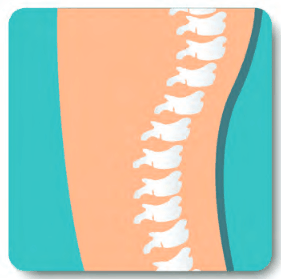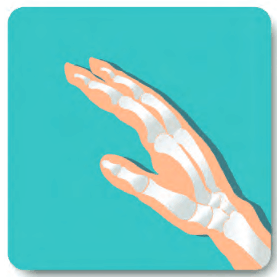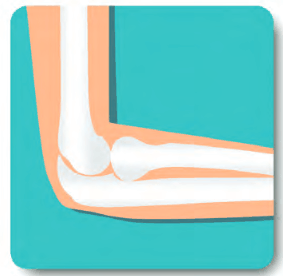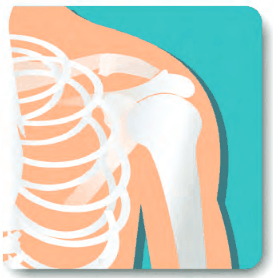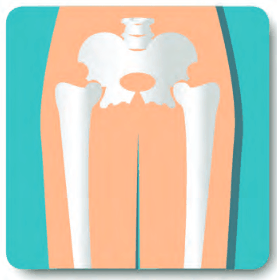Making The Most Of Taking Golf Lessons An Open Letter To Our Students
We hear very often how difficult golf is. There is no doubt that hitting a 1.68-inch ball with a flat surface on the end of a stick seems crazy. Add trees, water, weather, and worst of all, the human brain, and it can seem almost impossible. But there is something about golf that is even more difficult sometimes than the game itself, and that is the experience of taking instruction from another person on how to perform the difficult task of hitting a golf ball. So, how do you get the most out of golf instruction? There are several keys to maximizing the instruction you receive. First of all, let’s assume you are taking the lesson from a qualified, knowledgeable instructor. That is another subject; therefore, sticking with our objective, we will assume the person giving you the lesson is qualified to help you improve.
Let’s begin with the most important key to improving through lessons: start the lesson with an open mind. A common refrain for swinging a golf club, and this can apply to any sport, is the phrase “feel is not real.” What does that mean? Basically, what we think we are doing and our perception of the motion we are performing is far different than what we are actually doing. Therefore, understand your perception of reality is different than what the instructor is seeing. Allow the instructor to explain your issues and develop a plan of attack.
Understand that your current motion will feel “natural,” no matter how detrimental it may be to your success. Human beings are amazingly adaptable. We are built to learn, good or bad. Even the worst swings you see on the driving range feel great to that person performing it.
Communication. Instructors want to understand your goals, how you feel about any previous instruction, what you think about when you swing the club, or what you are trying to do when you practice. Some golfers are embarrassed, to be honest. Your instructor has most likely seen and heard it all, so there is no reason to hold back. If you have been working on a tip that you found on the Internet or something your friend told you, let the instructor know.
Ask questions. If you do not understand something, do not be shy or proud to tell the instructor. If you do not, they will assume you understand. Believe me, we love it when you ask questions. If nothing else, it gives us a chance to show how smart we are!
Video can be a great teaching tool. When an instructor shows you a video of your swing, pay close attention to what they are talking about and focus on their observations. Often, golfers are looking at what catches their eye and not what the instructor is pointing out. The untrained eye will see the symptoms; the trained eye will see the disease, or in other words, the systemic problem you have. Don’t get caught up in things the instructor doesn’t want you to think about. One thing I have learned after 45 years in golf, 33 professionally, is that no one likes the way their swing appears visually. We are all hyper-critical when watching ourselves on video – even tour players.
Do not forget to ask the instructor for a practice plan. Any good instructor is going to give you specifics on how they want you to practice. Just like a fitness routine or diet plan, follow the plan they give you. Do not, I repeat, do not stray off into the never-never land of golf tips. That will only slowdown your progress or even make you worse. At the same time, you wasted your money and time on the lesson by “chasing the secret.” Guess what? There is no secret.
Lastly, be patient. Unlearning and learning a physical motion takes time. Band-aids can produce temporary good shots, but you will be sacrificing long-term improvement. I have seen many examples of students that were ready to give up just before making a leap in their shot making and ball striking. The golf swing is a journey with no destination. Look at your lessons as another small step in the right direction. It just takes time.
Most of all, have fun and try to enjoy the learning process. Embrace and enjoy the practice and the challenge of improving. For many of us, the difficulty of golf is what made us fall in love with the game to begin with. Good luck!


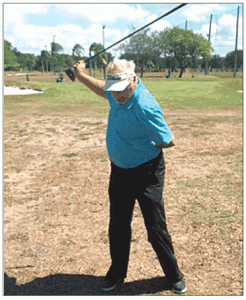
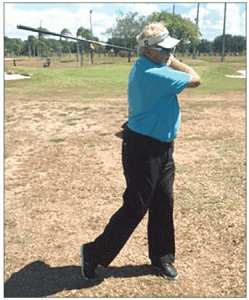
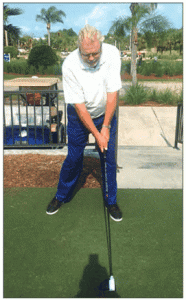
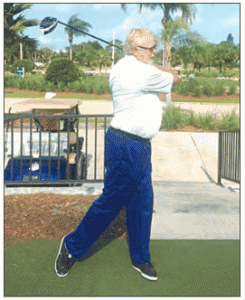
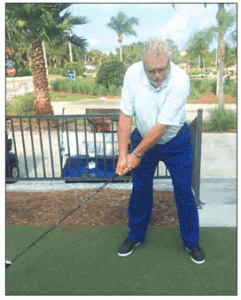 #2 Follow-through drill. As a practice swing, take the club about one-third of the way back. Take a little pause, then bring the club slowly into the impact zone, watching the club square up at impact, but now it is important to go through to a full-balanced finish position: belt buckle facing the target, left foot planted, right shoulder closest to the target, club behind the back with the arms folded in a classic follow-through position. I have found in my own swing, throughout the years, that if I could finish in a good position, the shot would be pretty good. Balance is everything in a golf swing, or in any other sport.
#2 Follow-through drill. As a practice swing, take the club about one-third of the way back. Take a little pause, then bring the club slowly into the impact zone, watching the club square up at impact, but now it is important to go through to a full-balanced finish position: belt buckle facing the target, left foot planted, right shoulder closest to the target, club behind the back with the arms folded in a classic follow-through position. I have found in my own swing, throughout the years, that if I could finish in a good position, the shot would be pretty good. Balance is everything in a golf swing, or in any other sport.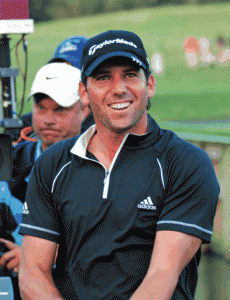 By Dr. Gregg Steinberg
USGTF Member and Sports Psychology Consultant, Nashville, Tennessee
By Dr. Gregg Steinberg
USGTF Member and Sports Psychology Consultant, Nashville, Tennessee
 Nowadays, it seems almost everyone has a GPS to navigate their way to their destination, and golfers are no exception. Students in and around Phoenix, Arizona (the Valley), have access to their own GPS when it comes to learning golf – Golf Program in Schools.
Nowadays, it seems almost everyone has a GPS to navigate their way to their destination, and golfers are no exception. Students in and around Phoenix, Arizona (the Valley), have access to their own GPS when it comes to learning golf – Golf Program in Schools.
